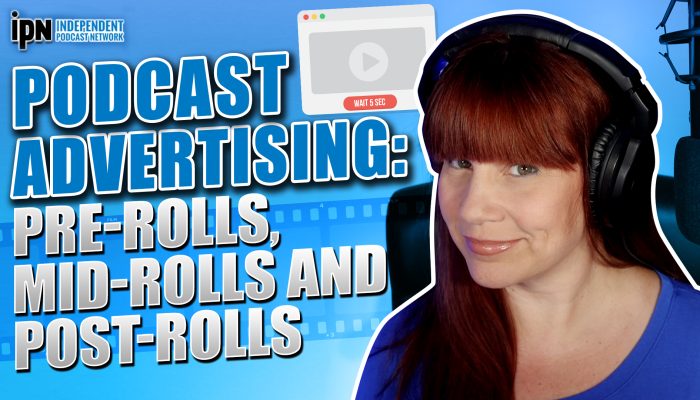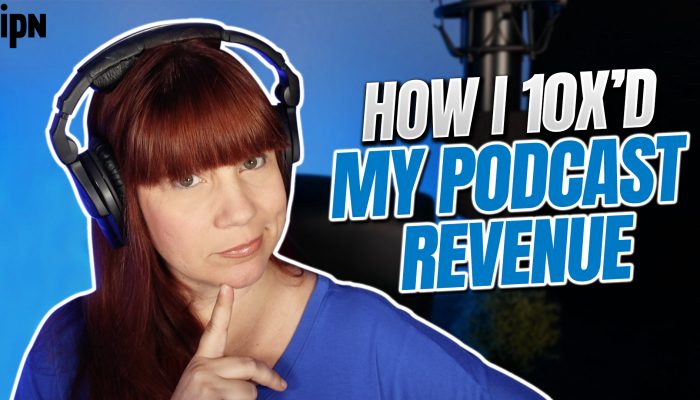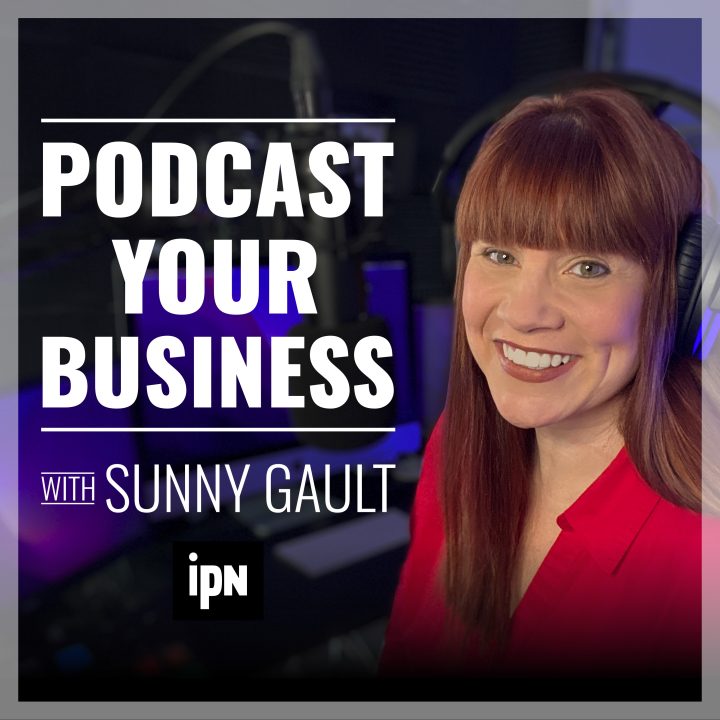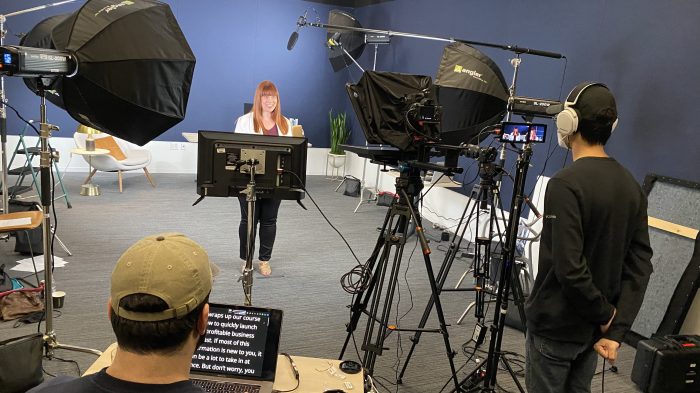
Consistency keeps your listeners eager and waiting for each new episode like it’s the latest binge-worthy TV show. But let’s be real, hitting that publish button on schedule can sometimes feel impossible. Whether you just weren’t feeling it that week or something else took your attention, sticking to a consistent release schedule is a real challenge. So, we’re going to give you three tips to help you stay consistent with your podcast releases.
Tip #1: Plan Ahead
Podcasting isn’t just about hitting the record button; it’s about crafting a rhythm that keeps your listeners hooked and returning for more. Striking a balance between ambitious goals and what’s practically doable is the secret sauce to a consistent release schedule.
Set Realistic Release Goals
Let’s kick things off with a heart-to-heart about your podcasting pace. Sure, churning out weekly episodes sounds impressive, but if it will leave you frazzled, it’s time to dial it back. Find a release frequency that fits you and your audience.
To set realistic goals for your release schedule, follow these three tips:
- Reflect on your week. Look for slots that scream ‘podcast time’ without overbooking yourself.
- Choose a release frequency that’s a stretch but not a tear. Your content’s quality is what will keep listeners coming back for more.
- Quality trumps quantity every time. Your listeners’ ears will thank you.
Create a Content Calendar
Your content calendar is all about plotting your podcasting journey with intention, leaving room for creativity along the way. It doesn’t need to be set in stone, but you should always aim to plan out what you need to complete on any given day. Here are a few tips to get your content calendar started:
- Find a calendar tool that’s intuitive to you. It should align with the way you plan and think.
- Plan out your episodes with a bit of breathing room. Avoid back-to-back recordings if you can help it.
- Don’t just pencil in the big milestones; even the smaller tasks need a spotlight on your calendar.
Bulk Record Episodes
Now, let’s talk about bulk recording episodes—your podcasting safety net. This is your make-ahead meal prep but for your ears. Having a few episodes in the can means you’re ready to release on schedule, even when life throws you a curveball. You can get started batch recording episodes by:
- Choose a day to be your recording powerhouse. Get in the zone and knock out several episodes.
- Have all your materials prepped and ready to go for a smooth recording session.
- Revel in the peace of mind that comes from having a few episodes up your sleeve, ready to publish.
Tip #2: Manage Your Time Effectively
Managing your time isn’t just a nice-to-have skill; it’s an essential practice for keeping your podcast moving forward.
Prioritize Your Tasks
Imagine your podcasting duties are like a deck of cards. Some cards are aces—high-priority tasks that directly affect your release schedule. Others are more like twos and threes—important, but they won’t cause a shuffle in your lineup if you play them a bit later.
Start your prioritization by spreading out your podcasting ‘cards’ and identifying the aces. These could be recording, editing, or scriptwriting. Allocate your prime time slots to these tasks. If you’re a morning person, that’s when you should be recording or editing.
To make sure you stay on track, use time-blocking techniques. Dedicate specific blocks of time to each task and make sure to defend those blocks of time from every distraction.
Establish a Routine
With a consistent workflow, you’ll find yourself moving from task to task with the grace of a well-rehearsed routine. It’s not about rigidity; it’s about creating a flow that naturally carries you through the production process.
So, design a workflow that sings to your strengths. Are you an editing night owl? Schedule it post-sunset. Try to stick to your podcasting tasks at the same time and place. It’s like muscle memory for your productivity. And, never underestimate the power of a good habit. Once established, it’s like a trusty autopilot that keeps you on course, week after week.

Tip #3: Leverage Technology
By automating the mundane and streamlining the complex, you can free up more time to focus on what you do best: creating engaging content.
Automation Tools
Think of automation tools as your podcasting sidekicks. They take care of the repetitive tasks while you focus on the big picture. From scheduling posts to uploading episodes, these tools can act as your personal assistant. Here are a few of the top automation tools for podcasting:
- Social Media Schedulers: Platforms like Buffer, Hootsuite, or Later allow you to plan out and schedule social media posts way in advance. You can batch-create promotional content for your episodes and set it to go live when your audience is most active.
- Podcast Publishing: Services like Podbean and Libsyn come with features that let you upload and schedule your episodes to go live at a specified time. No more setting alarms to hit ‘publish’ at midnight!
- Email Marketing: Use tools like Mailchimp or ConvertKit to automatically send out newsletters and episode updates to your subscribers. You can trigger these emails based on user actions or schedule them around your episode releases.
Productivity Software
Next up, productivity software can help you keep track of all the moving parts in your podcast production process. They provide the structure that keeps your creativity aligned with your goals. A few productivity software you should consider integrating into your workflows include:
- Task Management Tools: Trello, Asana, and Monday.com offer visual boards to track your progress and manage your workflow. You can create cards or tasks for different stages of your podcast production, from planning to post-production.
- Collaboration Tools: Slack and Microsoft Teams can keep you and any collaborators in sync. Share files, give feedback, and keep all your podcast-related communications in one searchable place.
- File Storage and Sharing: Dropbox and Google Drive are essentials for storing audio files, scripts, and promotional materials. Plus, they make sharing large files a breeze—no more clogging up email inboxes.
Conclusion
Sticking to a consistent release schedule is a lot more than just ticking boxes on a to-do list. It’s about committing to your craft and the community of fans you built. But, to stay on schedule, you need to find a balance between your creative fire and the structure that showcases it. By planning ahead, managing your time, and leveraging technology you can capture your creativity and turn it into podcast episodes with ease.









